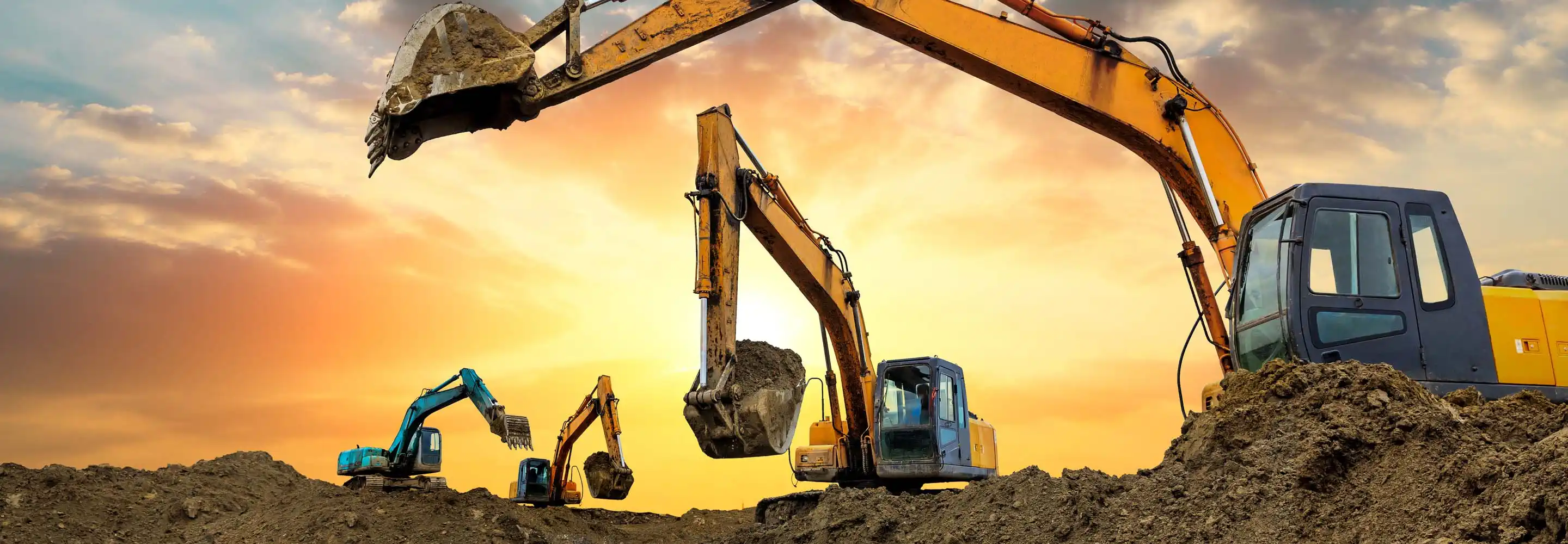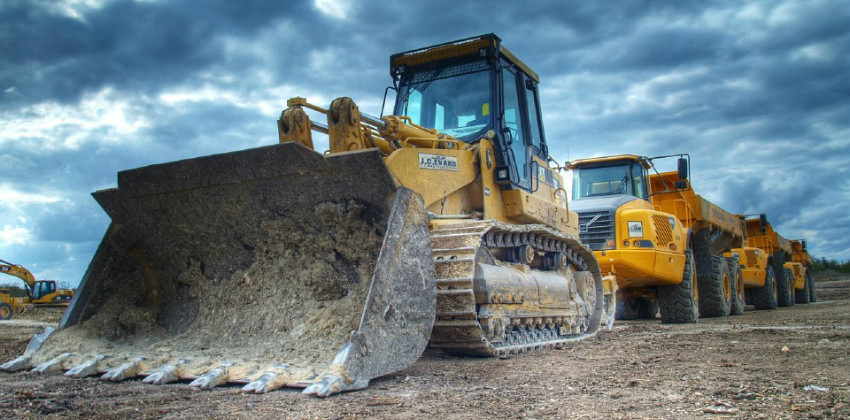Mini Excavator Rental: Compact and Powerful Machinery
Wiki Article
Renting Out Vs. Buying Building And Construction Equipment: Making the Right Option for Your Job
When beginning on a building and construction task, among the vital choices that project supervisors and stakeholders encounter is whether to get or rent out construction tools. Both alternatives have their advantages and downsides, making the selection a pivotal one in the task preparation process. The choice hinges on various factors such as price factors to consider, project duration, devices upkeep, versatility, risk, and scalability management. Each element plays a vital duty in figuring out one of the most appropriate path for the task's equipment requirements. scissor lift rental. Allow's explore these aspects additionally to comprehend just how they impact the decision-making process and ultimately the success of the task.Cost Factors To Consider
When assessing the economic facet of buying versus renting out building and construction equipment, the long-lasting costs and ahead of time expenses must be very carefully considered. Leasing tools commonly requires reduced preliminary settlements compared to buying, making it an attractive alternative for short-term tasks or contractors with spending plan constraints. Renting gets rid of the need for big resources investments and decreases the financial risk linked with devices ownership, such as upkeep and devaluation prices. However, in the long run, consistently leasing devices can build up greater costs than purchasing, particularly for extensive tasks.On the various other hand, purchasing construction equipment includes higher upfront costs yet can lead to long-term savings, particularly for regular users or long-lasting projects. Having equipment offers flexibility, benefit, and the potential for resale worth once the project is completed. In addition, possessing tools enables personalization and experience with details equipment, potentially raising performance and productivity on-site. Ultimately, the choice between renting out and acquiring construction tools depends upon the task's duration, frequency of use, budget plan factors to consider, and long-term economic objectives.
Task Period

On the other hand, for long-term jobs or recurring construction job, getting devices could be the much more cost-effective option. Getting devices can bring about set you back savings in the long run, especially if the devices will certainly be often made use of. Furthermore, possessing tools gives a feeling of control over its schedule and allows for personalization to fit specific job demands.

Equipment Maintenance
Offered the critical function project duration plays in determining the most cost-efficient strategy in between getting and leasing building tools, the focus currently changes towards checking out the crucial facet of tools maintenance. On the other hand, having equipment requires an aggressive technique to upkeep to stop malfunctions, make sure safety, and prolong the equipment's life-span. Inevitably, a well-kept building and construction devices fleet, whether rented or possessed, is important for the effective and efficient conclusion of building and construction projects.Adaptability and Scalability
In the realm of building tools management, the facet of adaptability and scalability holds significant significance for job performance and resource application. Opting to rent out building and construction devices gives a high degree of flexibility as it permits for the quick adjustment of devices kinds and amounts based on the progressing demands of a project. Renting allows service providers to access a large range of customized tools that may be needed for specific jobs without the long-lasting commitment of ownership. This adaptability is particularly beneficial for jobs with differing requirements or unpredictable durations (rental company near me).In addition, scalability, one more essential factor, is inherently linked to adaptability. Leasing building equipment supplies the advantage of easily scaling procedures up or down as task needs rise and fall. Contractors can quickly add or trade tools to match the equipment rental company job's transforming requirements without the constraints of owning properties that may become underutilized or out-of-date. This ability to range resources successfully can lead to price financial savings and improved job timelines, making leasing a positive option for jobs calling for adaptability and responsive source allocation.
Danger Administration
Efficient risk administration in building and construction devices operations is paramount to guaranteeing job success and mitigating prospective monetary losses. Construction projects inherently include numerous threats, such as equipment failures, crashes, and project delays, which can substantially influence the project timeline and budget. By carefully taking into consideration the threats connected with owning or renting construction devices, job managers can make informed decisions to decrease these prospective risks.Leasing building and construction devices can provide a degree of danger mitigation by moving the obligation of maintenance and fixings to the rental firm. This can reduce the monetary burden on the job proprietor in situation of unexpected tools failings (aerial lift rental). In addition, renting supplies the flexibility to accessibility specific equipment for details job stages, reducing the risk of having underutilized equipment
On the various other hand, having building and construction tools offers a feeling of control over its use and upkeep. Nonetheless, this likewise suggests bearing the full duty for fixings, maintenance costs, and depreciation, boosting the financial risks connected with equipment possession. Mindful risk assessment and consideration of factors such as task period, devices use, and upkeep demands are important in establishing the most appropriate alternative for reliable risk administration in building tasks.
Verdict
In conclusion, when deciding between buying and renting building devices, it is important to consider expense, job duration, devices upkeep, versatility, danger, and scalability monitoring. Each aspect plays a critical duty in figuring out one of the most appropriate option for the task available. By carefully assessing these elements, job managers can make an informed decision that aligns with their budget, timeline, and overall job goals.
Report this wiki page